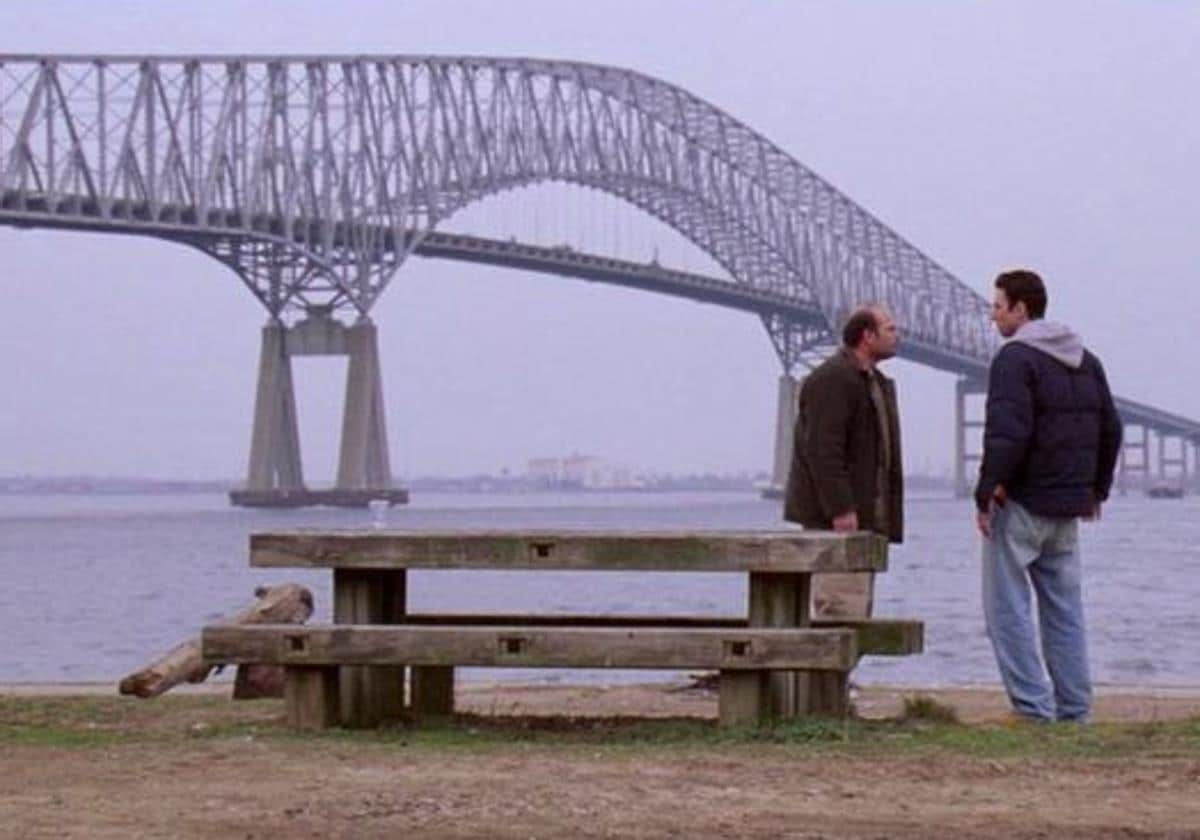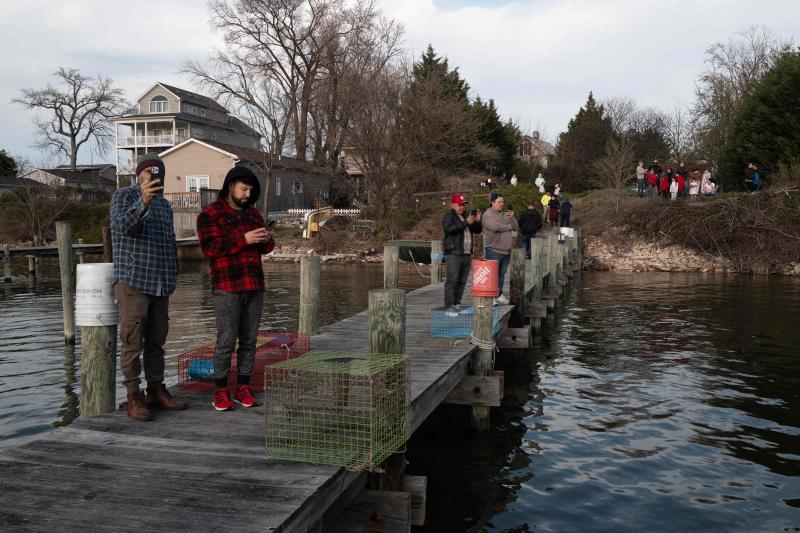Baltimore tries to get over the loss of Francis Scott Key. The 'workers' bridge', as baptized by Mayor Kurt L. Schmoke in the 1990s. The emblem of the ninth port city in the United States.
Many engineering works have their own history. This was one of them. If the Chesapeake Bay Viaduct, thirty kilometers away, is used to escape the holidays off the asphalt and the tunnels that cross the river serve to facilitate passage for those traveling between New York and Washington, the Francis Scott Key was a connection that allowed Baltimore's working population to travel between the port, businesses and downtown. The bridge for those who work with their hands. The driving force of the city.
Its construction took place between 1973 and 1977. The American Society of Engineers classified it in a special way due to the technological challenges that made it a stylized, aerial figure, complementary to the river and functional for port activity. Its more than 300 meters between column and column left an optimal intermediate space for the passage of ships. Until this Tuesday the 'Dali' arrived and attacked one of the two pillars.
The bridge became necessary at the time due to the rapid growth of the suburbs and working-class neighborhoods. The daily movement of tens of thousands of workers clogged traffic in the Harbor, a four-lane, 2.3-kilometer-long tunnel that runs under the bed of the Patapsco. This subway, inaugurated around 1956, and another similar passage built in 1985 today absorb most of the movements of the inhabitants of Baltimore and it is foreseeable that their congestion will grow as they receive the 30,000 vehicles that used the destroyed bridge daily.
Two Police boats search through the remains in search of the six missing workers.
AFP
The Francis Scott Key was a familiar sight to thousands of sailors and the main vein of the port; a world of its own within Baltimore on which the bulk of the finances of the State of Maryland depend. It offers 15,000 direct jobs and employs another 140,000 people in workshops, warehouses, processing and logistics companies. All this without counting a plethora of civil servants, liberal professionals and other groups whose work frequently converges on these docks, famous since they were popularized by the series 'Homicide' and 'The Wire'.
Like the Morandi of Genoa
The collapse of the bridge has forced maritime transport to be paralyzed and this Wednesday no authority, neither state nor federal, was capable of predicting when the port will return to normal. The first thing is to remove the thousands of tons of debris that litter the outlet of the Patapsco River towards the sea. Without this expedited route, ships cannot be handled, and even less so those of large tonnage, like the 'Dali', which increasingly frequent this port. Some experts already predict that container ship traffic, for example, will have to be diverted to New York and New Jersey given the impossibility of Baltimore opening soon.
The director of the Infrastructure Institute at the University of Toronto. Matti Siemiatycki was one of the first to speak out. The viaduct was just over two kilometers long, which predicts a long work despite current advances in technology. When it was built in the 70s, it took four years and even though modern techniques were already used. Siemiatycki compares its reconstruction to that of the Morandi Bridge in Genoa, which collapsed in 2018, killing 43 people. Its replacement was inaugurated two years later; The first twelve months were necessary to remove all the remains of the original viaduct (of which about 283 meters collapsed) and the rest was invested in the new construction.

Frame from the series 'The Wire', in which the bridge became a regular presence.
The Francis Scott Key facilitated the mobility of at least 3,200 factories, workshops and warehouses, as well as a port micro-universe about one hundred kilometers in diameter. Right now there are a swarm of trucks and distribution experts working in there. The transportation authority has indicated that the only way at this time to transport loads is by trailers.
The damage is significant. Baltimore is the second largest coal export terminal in the United States and a nerve center for the trade of cars and heavy equipment. Mazda, Mercedes-Benz and Subaru are among the main automotive manufacturers that use this base. The cars and vans waiting to be shipped will begin to be loaded onto trucks in the coming days to be shipped, according to the same sources.
Apart from work, there is a deep emotional trauma surrounding the collapse of the Francis Scott Key. Thousands of citizens appear this Wednesday from the early hours of the morning to the banks of the river to sadly contemplate the few remains of the pillars that protrude from the waters . The emblematic arch that presided over the board has disappeared. In reality, there remains a huge void.
«The bridge has been part of our lives. We have crossed it every day, it was a fundamental part of the city,” says Henry Krhel, before specifying that his young children “are still in 'shock'. I saw it under construction myself when I was a child. Then people began to cross it as a novelty and, later, with pride. For my children it has been a constant presence since they were born. They have photos of babies with him in the background,” says this legal advisor, employed precisely at a shipping company in the area.

Several people take pictures and observe the bridge from one of the piers on the bank of the Patapsco.
AFP
«It is very difficult to understand the life of working Baltimore in the last half century without this bridge. It has been the thread for thousands of people that connected his house with work, guaranteeing their peaceful return home after the day. It has united families separated by the river, it has promoted courtships and it has also been the scene of dramas. “What is the pulse of a city that lives at all hours,” says Derrick Moore, a professor who compares its value for the population of Baltimore to what “the Brooklyn Bridge may have for the people of New York.” York.
Maquis Neal lives a short distance away. He remembers the moment of the accident, when the ship collided with the support and the entire structure collapsed. There were four seconds in which a very loud noise was produced, “similar to that of a huge bomb. The house shook. There was a huge gust of wind. Then it just stopped. I thought: Is it an earthquake? Just five minutes later, it was all sirens. Everything was going crazy »he tells 'The Washington Post' without an idea leaving his head. «We pass over that bridge every day. “Anyone could have been a victim.”
#Baltimore #experiences #trauma #loss #39workers39 #bridge39

Leave a Reply